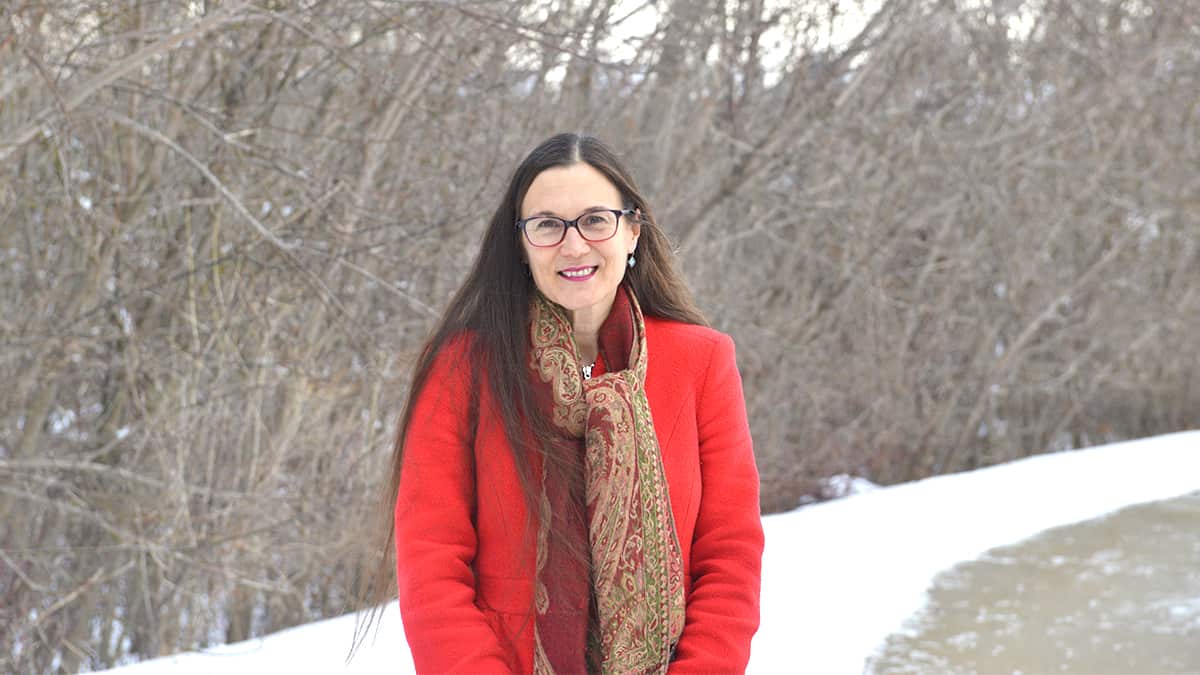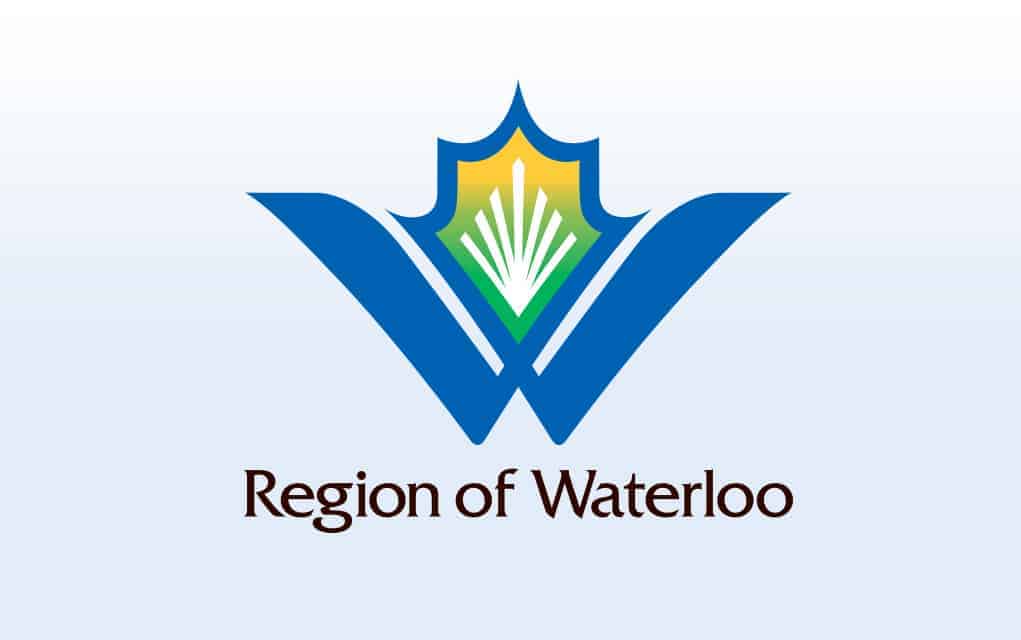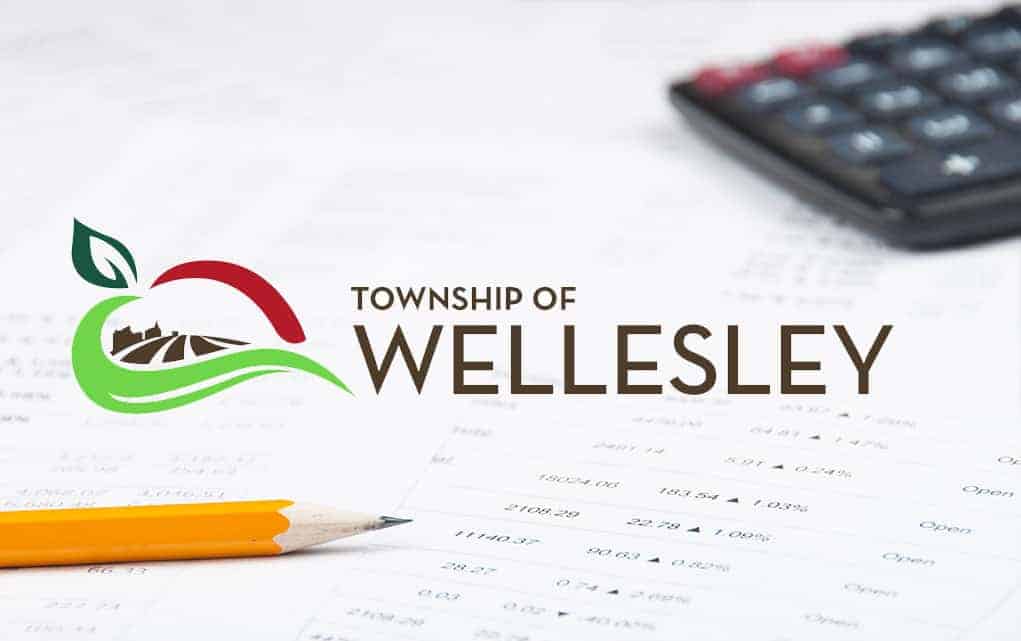Not just an issue abroad, human trafficking is very much a local issue – two-thirds of the such cases in the country occur in Ontario. Those numbers are the impetus for an awareness campaign organized by the Waterloo Region District School Board (WRDSB).
Data show the average age for someone to be recruited into sex trafficking is 13, with 70 per cent of victims identified by police being under the age of 25.
To help fight back and make parents more aware of the dangers their children may face, the board partnered with the Domestic Violence Sexual Assault program at St. Mary’s Hospital, the Sexual Assault Support Centre of Waterloo Region (SASC) and the Waterloo Region Police Service (WRPS) to host an event last month. The session focused on a range of issues, from learning how schools respond and support students who are affected by or at risk of human trafficking, to hearing exactly what the problem looks like in Waterloo Region.
Led by Dr. Barbara Ward, mental health lead with WRDSB, the session’s goal was to provide participants with knowledge and tools to help stamp out such crimes.
“Being able to identify the signs of luring grooming and exploitation is vital for prevention of human trafficking. The more the girls and the parents and caregivers know about sex trafficking, the better equipped they are to protect themselves. Therefore, the Waterloo Region District School Board is taking a multi-pronged approach to human trafficking. [Through] collaboration with our community service partners, the police department, indigenous leads, we are all ensuring that our parents and caregivers, our staff and our students are equipped with the knowledge and resources on human trafficking,” said Ward during the presentation.
“This means that providing information on the signs and process of human trafficking, leveraging resources of our board, mental health professionals and other staff, and collaborating with our community services to address human trafficking. As well, we will continue to build resiliency and social emotional learning skills in our students to help address the emotional reasons that can lure students into human trafficking.”
The approach involves work with SASC and their R.E.S.E.T (Recognizing Exploitation: a Syllabus to End Trafficking) curriculum that is aimed at youth ages of 12 and 15.
“The curriculum provides information and activities to have conversations with youth, about vulnerability, exploitation, consent, healthy relationships, and social media, from a very empowering and approachable perspective. The curriculum culminates in a scenario-based activity where students can use what they’ve learned to apply their knowledge and skills,” said Jessica St. Peter, manager of public education with SASC.
“So, it’s important as parents and caregivers to have an understanding of what are the topics being discussed because they don’t stay within the classroom setting. And [it is important] to know that this curriculum was designed to take very complex ideas and issues and make them approachable and safe in safer spaces for students to engage with them.”
Ward said she wants people to know that human trafficking comes in many forms, and that what their perceptions may be from media is not all that is entailed.
In addition to sexual exploitation, human trafficking also involves child soldiers, forced begging, forced marriage, selling children, removal of organs and forced labour.
“The other thing about human trafficking is people still think it’s kind of like sex slaves, things that happen across the ocean, [thinking] that people might be getting kidnapped in other places and taken somewhere else for this to be happening, but it’s happening right here. It’s luring, grooming, the corrosion and the exploitation, and it’s a very slow and gradual process. It’s different than I think what most people think human trafficking is,” Ward added.









